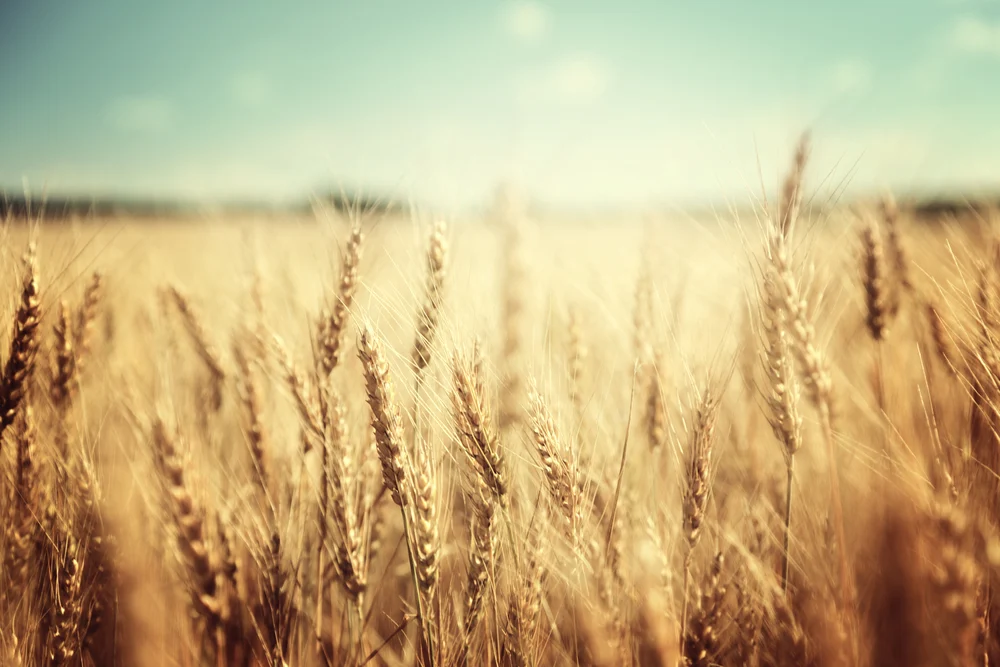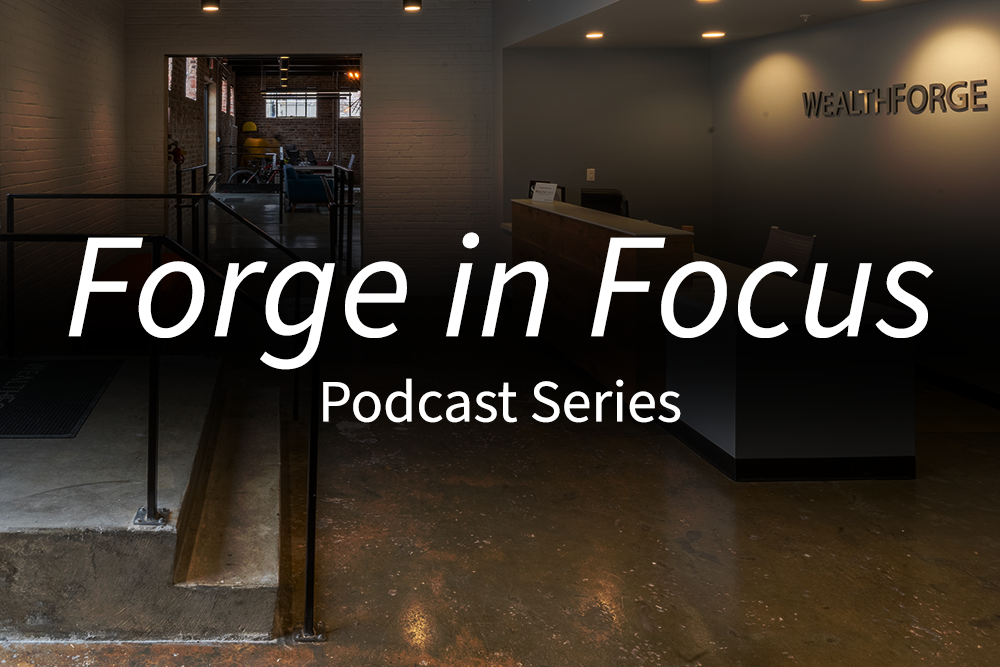QOZ 2.0: How the One Big Beautiful Bill Act Transforms Opportunity Zone Management
The "One Big Beautiful Bill Act" has fundamentally changed the Qualified Opportunity Zone program structure. Here's what sponsors need to understand...

As market worries deepen and faith in the 60/40 rule recedes, wealth managers are looking for new ways to balance and bolster client portfolios, with many pivoting to alternative investments as an option. Recent federal data suggests that investing in U.S. farmland—an oft-overlooked alt—might fit the bill for some investors.
In its 2022 Farm Sector Income Forecast, the U.S. Department of Agriculture’s Economic Research Service (ERS) stated:
“Net farm income, a broad measure of profits, is forecast to increase by $7.3 billion (5.2%) from 2021 to $147.7 billion in calendar year 2022. This expected increase follows an increase of $45.9 billion (48.5%) in 2021 from 2020.”
If realized, net farm income in 2022 would remain above its 2002–21 average, in real terms, the September 1 report added. Additionally, farm sector equity is expected to rise by 10.4% in 2022 to $3.34 trillion in nominal terms, according to the ERS.
It’s worth noting that expected increases in production expenses such as fertilizer and feed, as well as expected cuts in direct government payments to farmers and ranchers as part of pandemic assistance, are factored into the ERS’ forecast.
From an investment perspective, what do the data tell us about the market value of farmland itself in the United States? The NCREIF Farmland Index has an answer for that. According to the not-for-profit industry trade association, the total market value of U.S. agricultural properties came in at just under $14.6 billion during the second quarter of 2022.*
Practicality and Passion
Data aside, farmland is an increasingly popular option for investors looking to avoid putting all their eggs in one basket:
It’s also worth considering the passion that farmers have for working invested land. Many farmers come from families that have produced food, fiber, and feed across multiple generations. Farmers value the tradition they have cultivated and take great pride in powering the American way of life.
As always with alts, it’s important to research specific offerings and consider investment timelines before making decisions.
Allocating to alternative assets like farmland offers a unique option for balancing client portfolios—especially for those investors who are keen to play a small-yet-crucial role in fueling our nation’s future.
* The NCREIF Farmland Index is a quarterly time series composite return measure of investment performance of a large pool of individual farmland properties acquired in the private market for investment purposes only. All properties in the Farmland Index have been acquired, at least in part, on behalf of tax-exempt institutional investors—the great majority being pension funds. As such, all properties are held in a fiduciary environment.
** https://www.ers.usda.gov/data-products/food-price-outlook/summary-findings/
*** https://farmland.illinois.edu/tools-and-data/

The "One Big Beautiful Bill Act" has fundamentally changed the Qualified Opportunity Zone program structure. Here's what sponsors need to understand...

Welcome to the conclusion of Episode 4 ofForge in Focus! We are excited to present the finale of the conversation with Michael Roman, as we delve...

Welcome back to Episode 4 Part 2 of Forge in Focus! We are thrilled to continue our deep dive into the team at WealthForge Securities, with this...